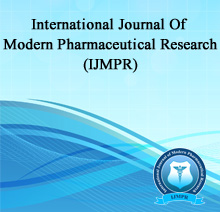THE ENTRY-TIME COMPARABILITY RETENTION (ETCR) METHODOLOGY FOR HANDLING IMMORTAL TIME BIAS IN OBSERVATIONAL STUDIES
Victor Kiri* and Paolo Messina
ABSTRACT
Background: To propose the Entry-time Comparability Retention (ETCR) approach, a simple methodology that uses propensity scores to address the problem of immortal time bias with realistic assumptions. Methods: The exposure status of each member of a cohort is classified at cohort entry, based on whether the patient received treatment during the study period (i.e. exposed) or remained on standard care (i.e. unexposed). Two sets of propensity scores are derived on each patient: 1) at cohort entry- to construct blocks of comparable patients by propensity score matching each exposed patient to as many of the unexposed patients as possible, and 2) at treatment initiation- to identify those unexposed patients to be retained and be assigned the same start of follow-up to address the problem of immortal time bias. Using simulated data, the performance of the ETCR methodology with simple blocks of 1:n greedy matching, is compared with two of the leading alternatives- the Landmark design and the time-dependent Cox regression (TDCR) approach. Results: When compared with the crude model, the ETCR resulted in the largest reduction in the mean residual bias (i.e. >27% vs 14% and 9% by the Landmark and TDCR respectively). Its estimates were consistently the least sensitive to variations in the different scenarios of our simulations. Conclusions: Propensity scores can be utilized as an effective design tool for creating and retaining comparable treatment groups to minimize immortal time bias. The ETCR does not introduce additional assumption, and it is particularly useful for studies involving a “no treatment” strategy.
[Full Text Article] [Certificate Download]


